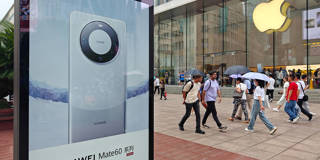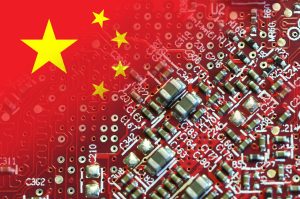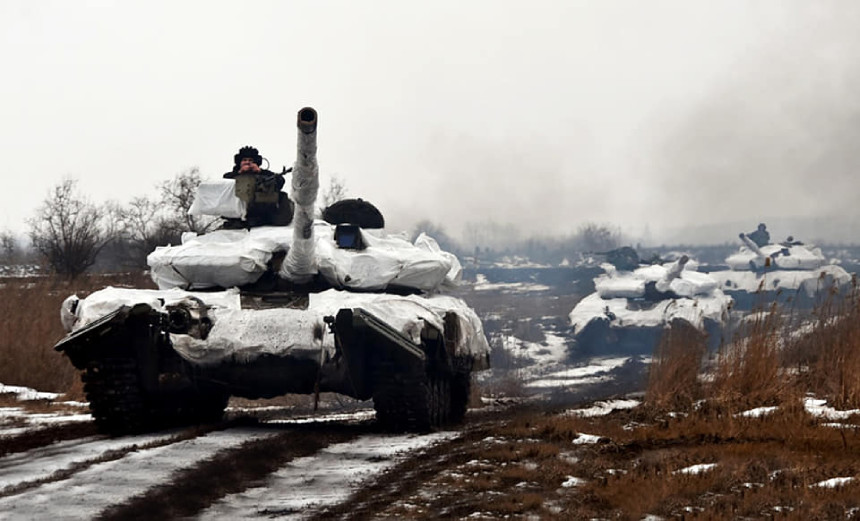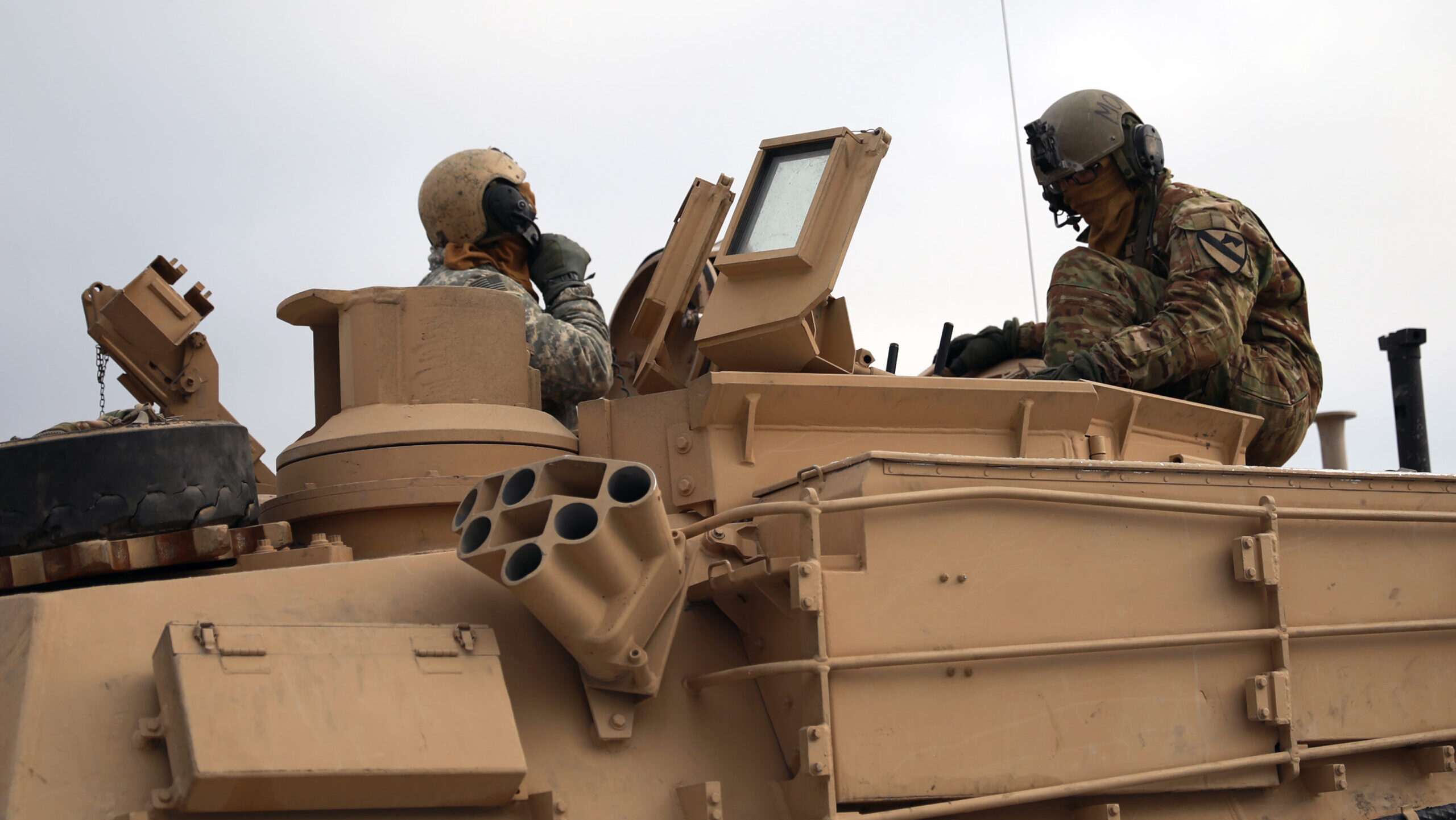TIM WILLASEY-WILSEY
OPINION — There is a lot that is wrong about the Pakistan army. It interferes in politics too much. It makes bad foreign policy choices. It blocks peace feelers with India. It accounts for too much of GDP. It is too deeply entrenched in the economy. Its human rights record is mixed. However, it is now the main institution holding Pakistan together. In a country with nuclear weapons the survival of a disciplined Pakistan army matters to all of us. Ironically it should matter to India most of all because the disintegration of Pakistan would provoke a regional catastrophe. Meanwhile there are significant changes happening in the army which could have major consequences.
The Pakistan army has decided that Imran Khan is unfit to be the next Prime Minister, so the former cricketer has been locked away and will play no part in the elections due to take place in the next few months. This is a big gamble by GHQ in Rawalpindi and the newish Chief of Army Staff (COAS) General Asim Munir. On one level it seems to have paid off. There has been no repeat of the widespread rioting of 9th May even when Imran was sentenced in August. Whether his adoring followers, beset by inflationary pressures, will forget him remains to be seen. It is hard to imagine that a technocratic government or another lacklustre Sharif/Bhutto coalition (which anyway seems unlikely to hold together) will excite the population to go out and vote; so, the probability is that the next government will be elected by a feeble percentage of Pakistan’s burgeoning population.
Pakistan’s massive population growth is one of the factors putting the future of the state in peril. It currently stands at 241 million over six times its size at independence in 1947. The rate of growth places enormous pressures on services, particularly education where Islamist madrassas are only too happy to fill the void in the state system. Levels of unemployment are bound to stoke unrest as is the continuing rise of food prices. This is doubtless why the army is worried by a populist politician who, it believes, places personal popularity above sound governance.













